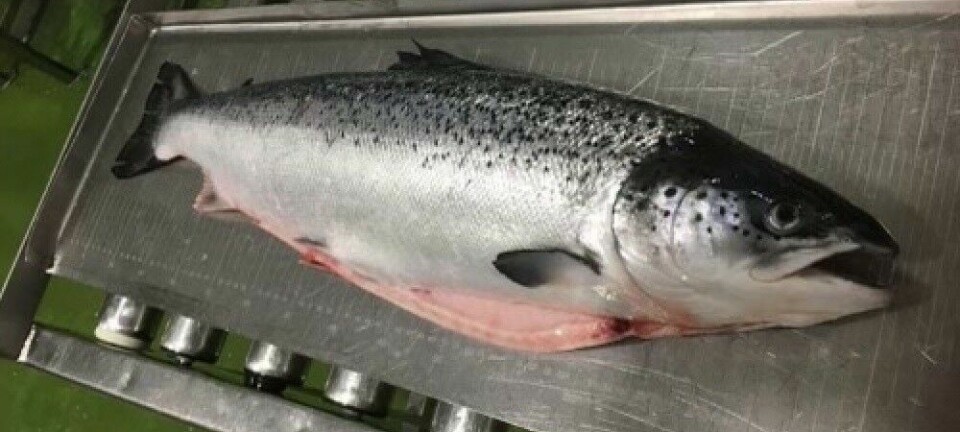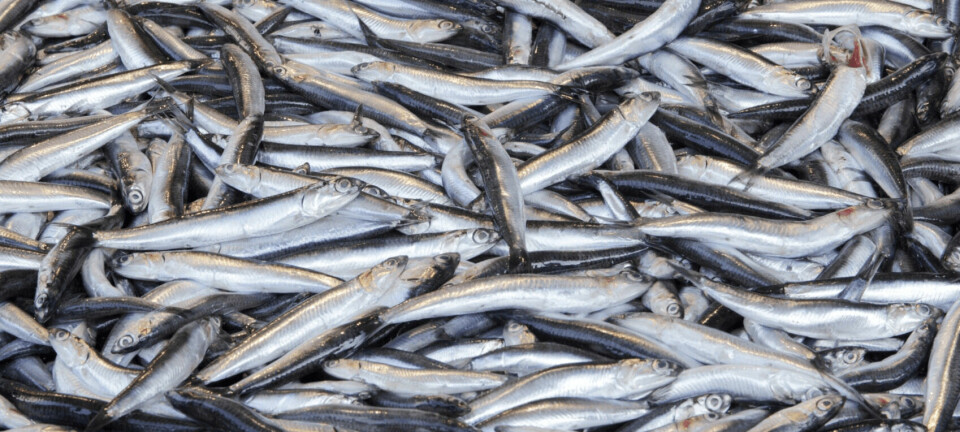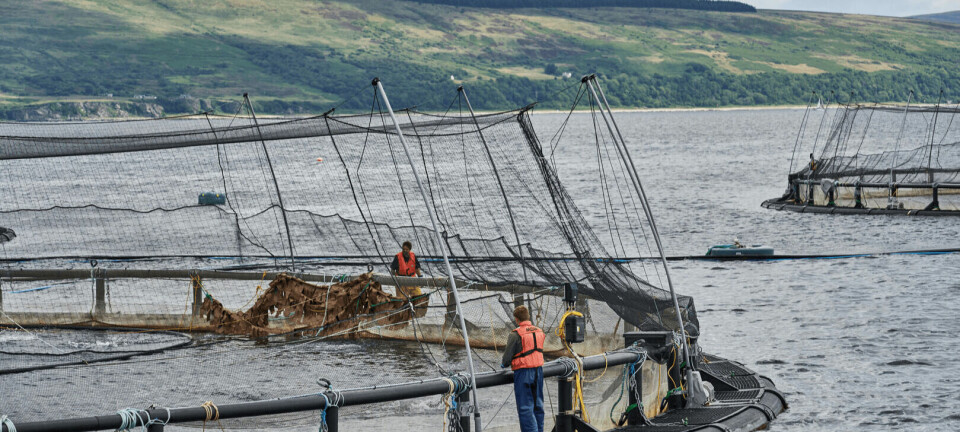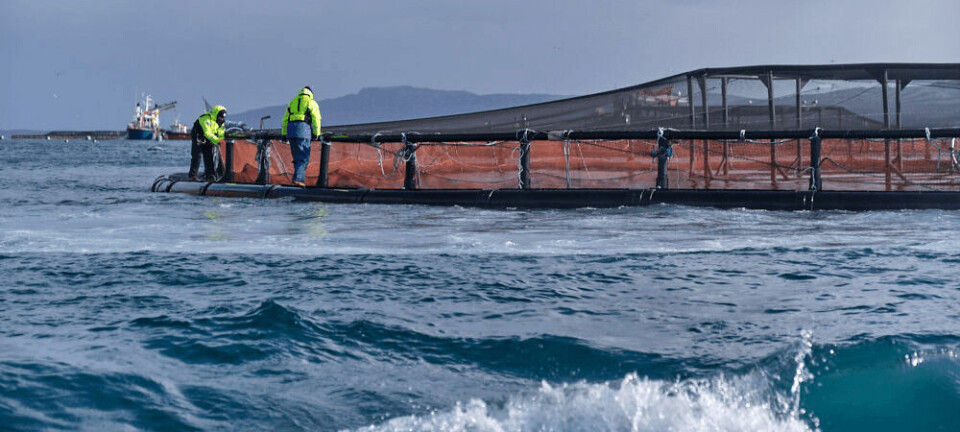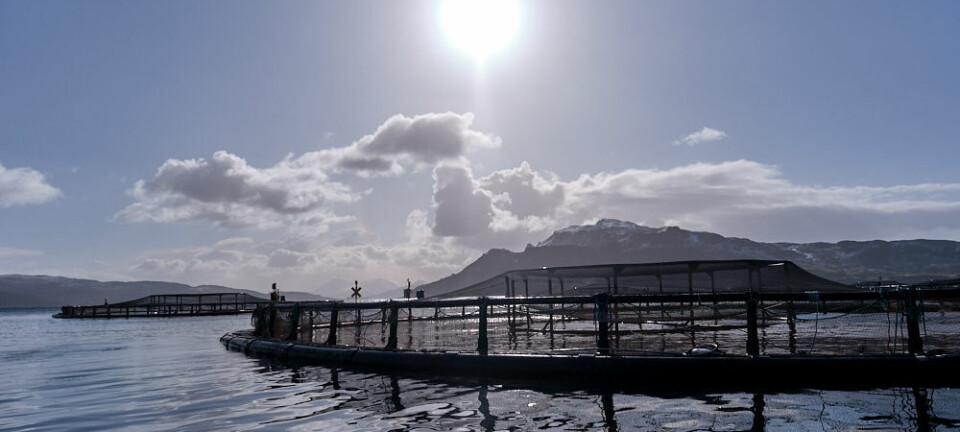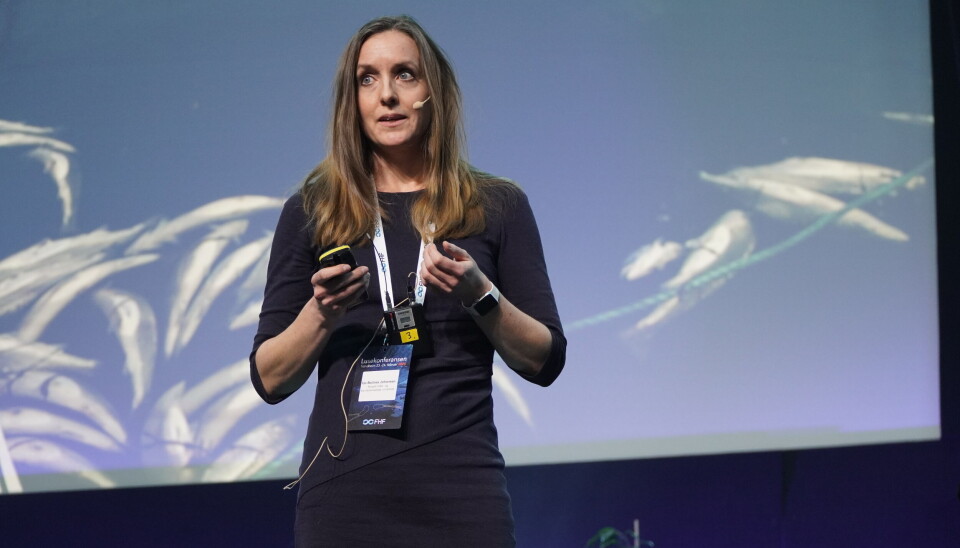
This factor can result in higher mortality during delousing
Ida Beitnes Johansen at the Norwegian University of Life Sciences (NMBU) believes that abnormal heart shape early in life causes heart disease in salmon later on and most likely a risk of mortality
Tuesday was the start of the annual Lice Conference in Trondheim, which runs over two days.
During the conference, Ida Beitnes Johansen at NMBU raised the question of whether poor heart health can be a cause of mortality during delousing, reports Fish Farming Expert's Norwegian sister site, Kyst.no.
"We and many others are quite convinced that part of the mortality during and after deworming is due to poor heart health," she said.
Increases the load
Johansen believes that abnormal heart shape early in life causes heart disease later in life and most likely also mortality.
"Very often when veterinarians and fish health biologists post-mortem fish after delousing, the only, or at least the dominant post-mortem finding, is circulatory failure."
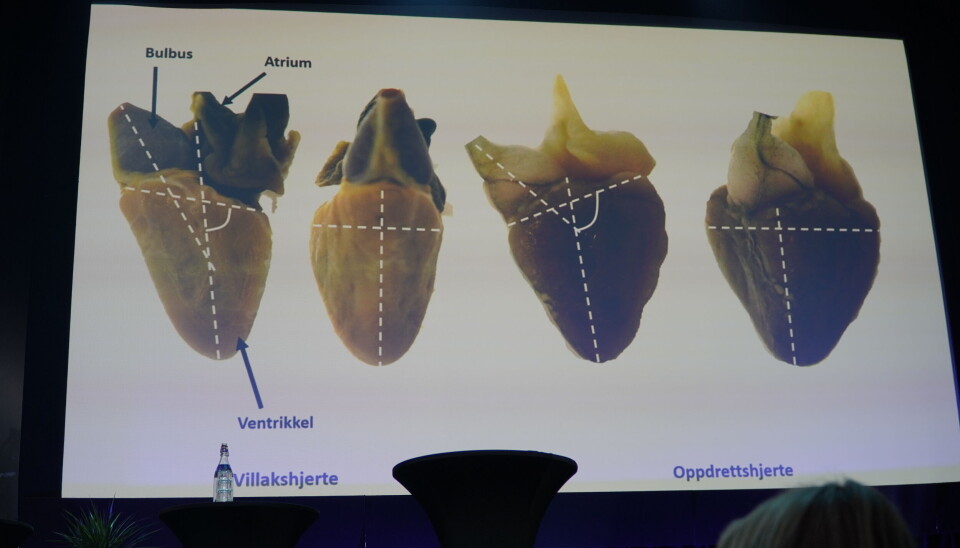
Johansen says that the fish's heart has simply stopped at one point or another during or after a delousing.
The fact that a farmed salmon has a different heart shape compared to wild salmon has been known for a very long time.
"What we believe is that these classic deviations mean that the heart of the farmed salmon has to work harder, which in turn increases the strain on the heart. And it might cause heart disease later in life."
Sammenlignet fiskegrupper
But the issue of whethernmortality after delousing can be linked to abnormal heart shape has not previously been investigated, says Johansen.
"What we did was simply to compare the hearts of fish that survived and died after delousing, in four different locations."
The researchers used a scoring system that NMBU has recently developed and published, and simply explained what they did was to score whether a phenotypic trait was present in the heart of the fish or not.
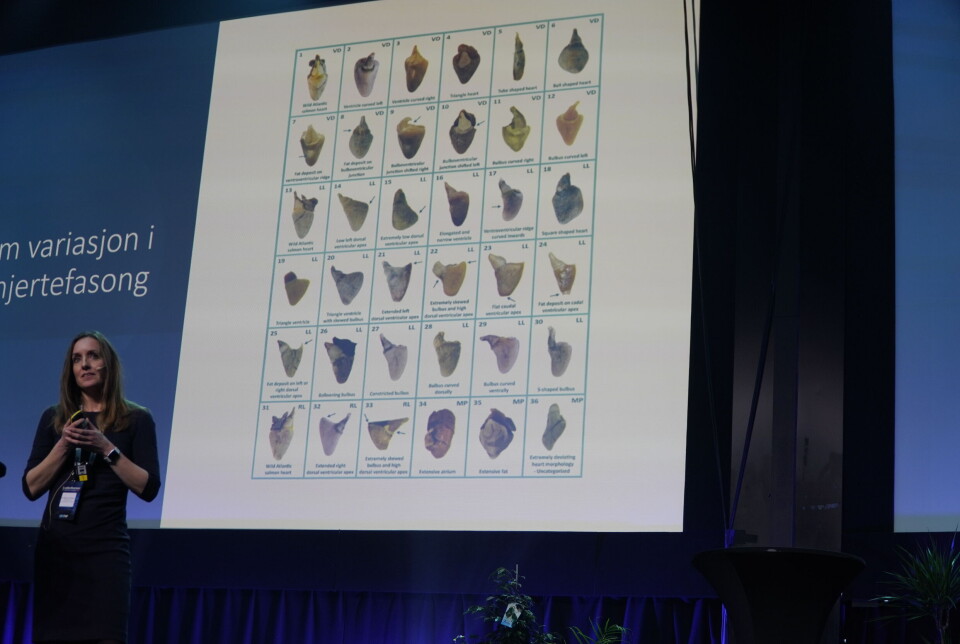
"We saw that these traits seemed to be associated with mortality, precisely because they are overrepresented in fish that have died, compared to survivors."
In the one locality that was investigated, they also found that fish that had died had shorter and rounder ventricles than surviving fish, which may indicate that such traits may also increase the risk of mortality.
"But we did not see that in the other localities. And it may be that this trait is not always associated with mortality."
Johansen says they therefore wonder whether this abnormal heart shape early in life can cause heart disease later in life.
More robust fish
To test this, she led a research project that investigated whether slower and more natural smolt development leads to better heart health and survival in farmed salmon.
The fish were produced intensively, at high temperatures, and with continuous light for rapid growth.
They then compared this fish with a group of fish that went to colder temperatures, which grew much more slowly.
"And when we compared heart morphology in these groups here, we saw that the fast smolt had rounder ventricles than the slow smolt."
They followed these groups of fish for approximately one year after they had been released into marine cages, and assessed their heart function. The method they used was electrocardiography, which is the most common method for assessing heart function, but also for identifying heart disease in humans.
"As the heart gets older and grows, we see more symptoms of disease and an accelerated stiffening of the heart, but what we saw was that this seemed to happen quite a bit faster, in the 'fast' group of fish."
Johnsen concluded that a bad heart leads to higher mortality during delousing, and that heart problems often occur late in the production cycle.
"Of course it is important to reduce the proportion of salmon lice, but reducing these deadly lice removals is also very important. We need to produce a fish that is more robust and has good heart health, which can actually withstand some handling," she concluded.






